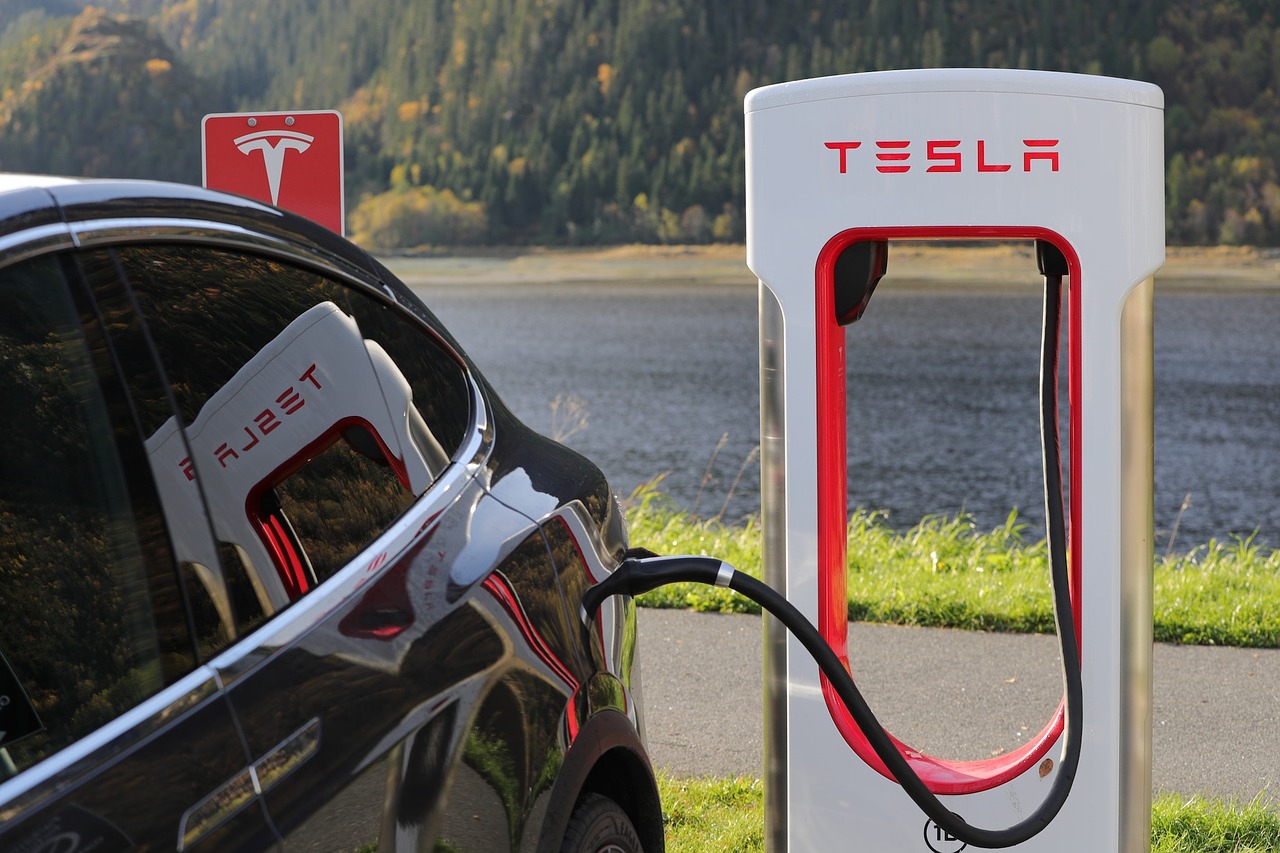Driverless Car Technology Almost Ready

In the summer of 2016, Uber started to test out vehicles with autonomous or driverless systems installed on them. Elon Musk has said that the new Tesla vehicles will be equipped to handle most driving situations on their own once regulators say that it is OK. What does it mean from drivers and others in the car industry that cars that drive themselves are almost ready for use on the road?
Lenders and Insurance Companies Will Have to Adapt
It is thought that when driverless cars hit the roads, it is less likely that individuals will own their own cars. Instead, they may be bought and operated by towns or cities for public use.
This may mean that insurance companies will charge premiums based on the destination of the vehicle and the road conditions at the time of departure. These costs may then presumably be passed on to riders through taxes or other fees.
It may also mean that a car title loan may not be an option for those looking for quick cash. If you don’t own your own vehicle, there is no asset to secure the loan with. Lenders may also find that they need to obtain government contracts as opposed to working with individuals if they wish to stay in business.
Law Enforcement May Be Able to Focus on Other Issues
A car that drives itself is not going to drive while impaired or while distracted. For the most part, they are programmed to follow the letter of the law, which means that you won’t catch them speeding or improperly changing lanes.
Therefore, police may not need to sit on the side of the road trying to catch speeders or spend time doling out field sobriety tests. This means that more time can be spent either going after hardened criminals or that police forces may be thinned, which could save taxpayers money.
Regulators Aren’t Ready to Give Approval Yet
While there are many benefits to having cars that can drive themselves on the road, the technology has not been fully proven yet. It is unclear how they will handle themselves in inclement weather conditions, big cities or how they will handle being on the same road as human drivers.
Some say that autonomous cars shouldn’t be introduced until there is enough demand to eliminate or significantly reduce vehicles driven by humans. Regulators also aren’t entirely sure how handle liability issues in an accident, but several car companies have said that they would assume responsibility if their vehicles are in an accident.
How Will the Public React?
The public is divided as to how they feel about driverless car technology. Some believe that it is the logical next step and that cutting down on drunk or irresponsible drivers outweighs a potential risk. However, others say that they don’t want a computer controlling their every move. Opponents also say that the risk that the car could be remotely hacked is not a risk that they are willing to take.
It is clear that automakers are moving forward toward the day when cars drive themselves. Whether it is five years, a decade or slightly farther out from the present, there are many benefits to evolving to the point when passengers can watch a movie or take a nap while the car does all the work.


